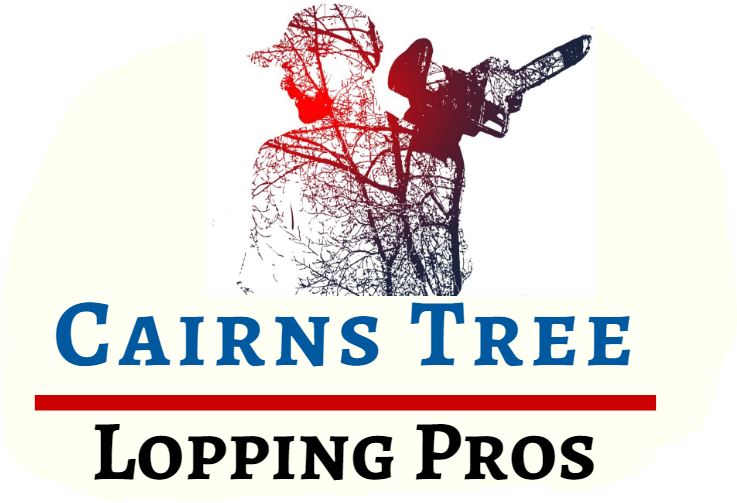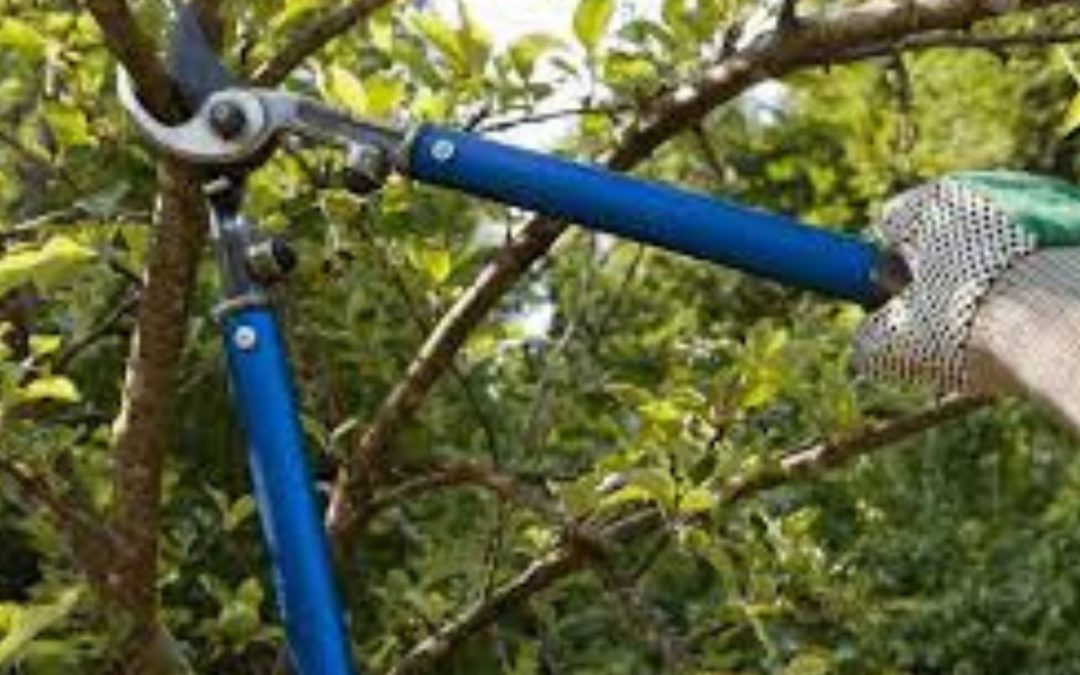Most fruit trees benefit from summer clean-ups, which is a good time to cut off suckers and waterprouts that have grown out of the base. However, if you are planning to prune an ornamental tree, it is best to wait until mid-August. That way, you will avoid the risk of unsightly waterspouts.
Table of Contents
Tips on Summer Tree Trimming
Proper pruning during the summer months can make a big difference in the health of your tree. In addition to pruning off any dead or diseased wood, summer pruning can also help keep pests away. By removing these limbs, you’ll increase the chances of your tree bearing pest-free fruit in the fall.
When pruning a tree, take care not to cut it too far, as this can compromise its health. Instead, cut the branches back just a few inches, then trim them back to the collar. Remember to take safety precautions when pruning, and if you are unsure, you can always hire a tree care service to help.
Proper pruning should remove dead, diseased, and damaged limbs. It should also be done to protect structures and power lines. In addition, it will enhance the growth of the tree.
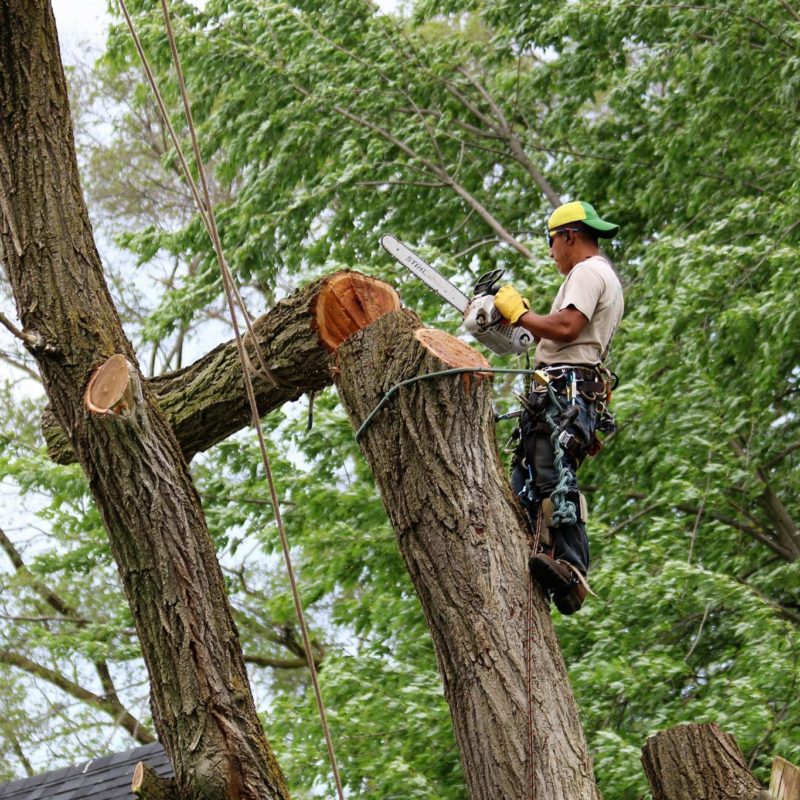
What is tree trimming?
Summer tree pruning can reduce the need for later pruning. The warmer weather encourages the growth of thicker, stronger branches. It can also help you maintain the height of your tree and promote the production of more flowers and fruit. A summer tree pruning routine can also encourage your trees to grow more evenly and produce better-looking flowers and fruit.
Summer pruning should focus on removing dead, damaged and diseased limbs. You should also remove any limbs that could cause damage or stress to the tree. The removal of dead and diseased limbs will help the tree grow more healthily. Also, it will prevent insects from infesting your yard.
Summer pruning is a vital part of the tree’s annual cycle and should be done after winter structural pruning. Summer pruning should also target lateral branches, as this increases the amount of sunlight reaching the interior of the tree’s leaves and reduces the risk of fungal diseases. It can also improve the shape and view of your tree.
Pruning Trees in the Summer: Cut Conservatively
Pruning a tree in the summer is an effective way to encourage hearty growth and to prevent a variety of tree problems. Pruning should be carried out conservatively, with soft shoots pruned back to three inches. Then, repeat the pruning process later in the summer if the tree continues to produce side-shoots. Pruning should be performed by a qualified professional.
Summer pruning is particularly beneficial for fruit trees. Pruning in the summer allows more sunlight to penetrate the crown, which helps young trees grow healthier. It also promotes fruit production by promoting branch growth and preventing weak growth. Moreover, fruit trees will produce more flowers and fruit if pruned conservatively in the summer. Pruning in the summer also reduces the risk of insects, which can cause damage to your trees.
Summer pruning should be carried out in the spring and early summer to promote health. The purpose of pruning in the summer is to shape the tree and to create a strong structure. It is recommended not to prune trees with heavy cuts during the summer, as this could cause the tree to sustain damage from winter or water. It is also best to avoid pruning in the autumn and winter, as these conditions will cause water damage to your trees.
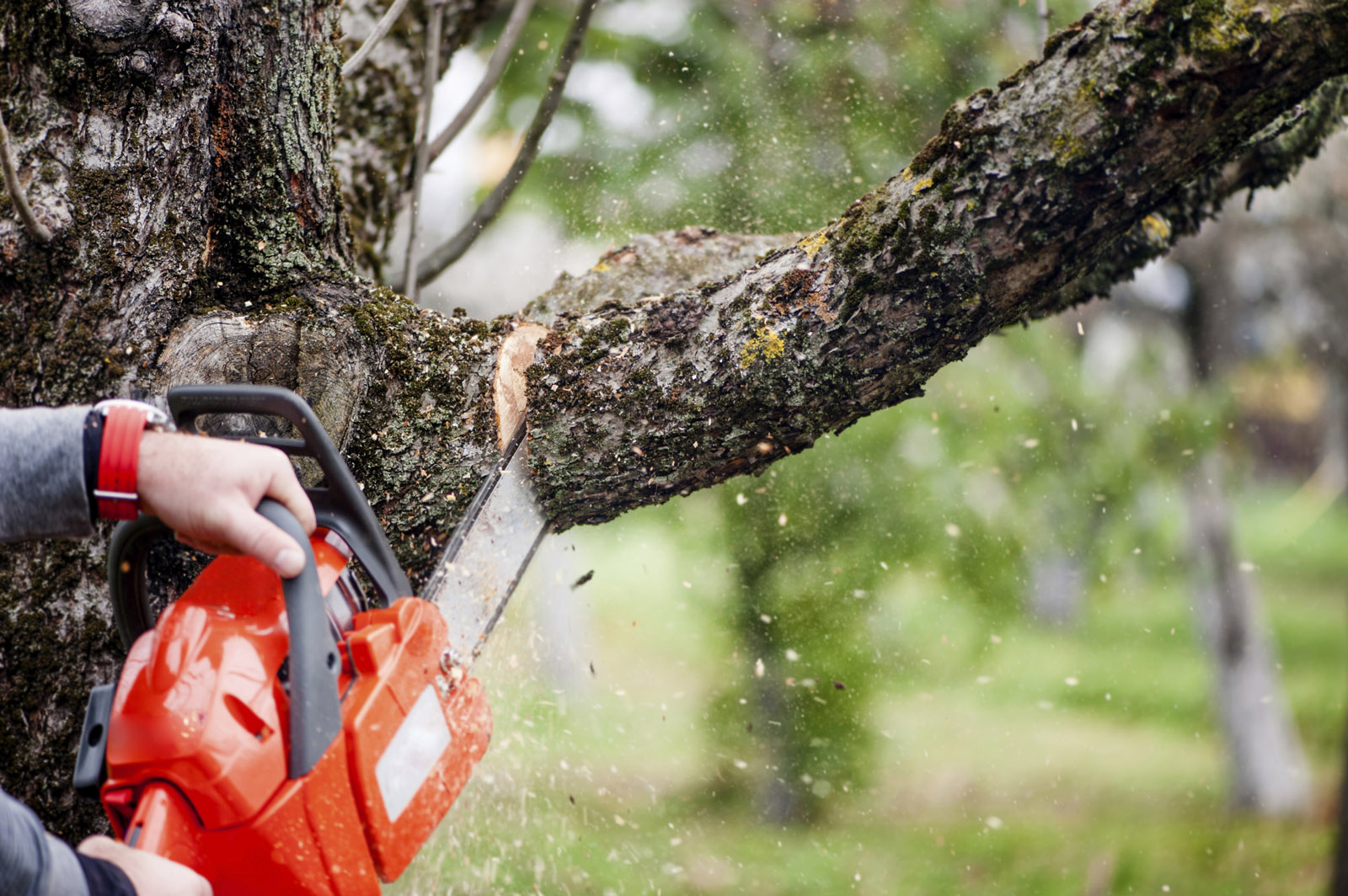
Avoid Pruning Oaks in the Summer
When it comes to pruning oaks, it’s best to avoid pruning during the hot summer months. This is due to the fact that pruning these trees during the summer can cause the tree to contract the fatal disease oak wilt. As a precaution, it’s recommended to prune oak trees in the winter between October 15 and April 1. In addition, the colder temperatures will reduce the number of insects that can spread the disease from one tree to another.
While oak trees can be stunning, it can also be an eyesore if you don’t properly care for them. Proper care and pruning can keep oak trees healthy and look great. If left unchecked, they may be vulnerable to oak wilt, a disease caused by bugs that feed on the sap.
Although pruning oak trees in the summer can yield beautiful results, this practice is not recommended during the spring and early summer seasons. Oak wilt is spread by beetles that feed on the sap from wounds in oak trees. The more wounds a tree has, the more likely it is to catch oak wilt. If left unattended, oak wilt may spread to neighboring trees, eventually killing them.
In the summer your landscape to-do list is always
There are many landscaping tasks that can be done in the summertime, including trimming trees. If you have deciduous trees, you should wait until they have no leaves to perform the pruning process. Trimming trees is a relatively simple process and can be done by anyone, even children.
When it Comes to Summer Tree Pruning Cut Conservative
When it comes to summer tree pruning, there are a few important factors to keep in mind. While pruning in summer may be more affordable and convenient, it can have negative effects on your tree’s health. The time of year is also important because pests and disease are more prevalent during the warmer months. To minimize the risk of infection or decay, make your pruning cuts at the branch collar. Also, it is important to cut back to secondary or lateral branches, not the main stem. Avoid making flush cuts, as these can be harmful to your tree’s health.
The best time to prune trees is in late winter or early spring. Avoid pruning in the middle of summer because this will stimulate new, sensitive growth, which is more susceptible to damage and insect attack. If you notice any signs of disease or decay, you should remove them immediately.
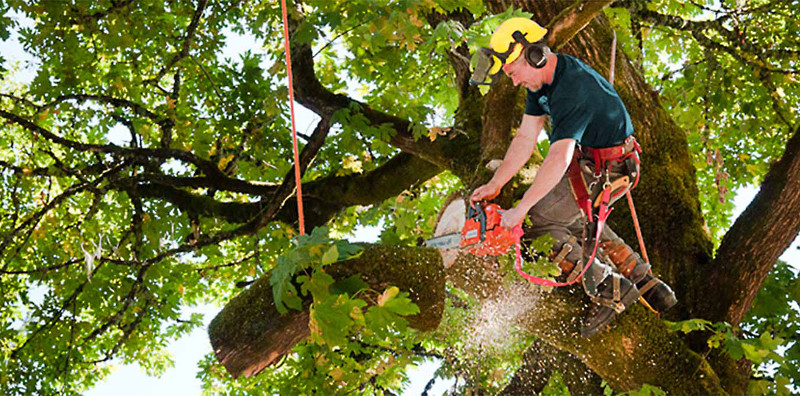
Do You Need an Arborist to Trim a Tree?
In the summer, trimming trees can be particularly beneficial. This can prevent competing limbs from obstructing sunlight or airflow, and improve tree health. It also helps protect people, structures, and power lines. An arborist can explain the proper pruning methods for your specific situation.
You should always be sure to hire a certified arborist. Avoid unlicensed, uncertified, and inexperienced people. The lack of certification can put your trees in dangerous situations. It can also put you at a liability risk if you choose the wrong person to do the job.
While the season is warm and sunny, pruning is not always the best time for your trees. Arborists agree that the ideal season to prune a tree is between fall and early spring. It offers better visibility and reduces the chance of disease or pest infestations. During this time, the tree has less stress and is better prepared for storms. Lastly, pruning during dormancy means less exposure to insects and disease.
Pruning is one of the most important aspects of tree care. While it can be daunting, the good news is that mistakes are easily repaired if done correctly. The key is to be careful and only prune the areas you can reach. In addition, you should protect the main trunk when pruning a young tree. Make sure to cut back any crooked, defective, or lopsided branches. You should also cut off suckers and side shoots, which are often found on young trees. You should prune lower limbs to expose more of the main trunk and the upper limbs should be kept light, so that they enhance the natural shape of the tree.
Conclusion
One of the main reasons for trimming trees in the summer is to control pests. Trees tend to lose moisture fast during the summer and dry out their branches. Therefore, it is important to remove damaged branches and fruit from them to protect the health of the whole tree. Also, make sure to remove dead branches and fruit as they are not suitable for composting.
The first rule to remember when pruning a tree in the summer is to keep a 10 foot clearance from power lines. If the power lines are too close, you should contact a local utility company and de-energize them. When you are trimming a tree, you should tie ties into the branches to keep them from falling. The second rule is to follow the two-tree rule and not cut the tree with the saw blade tip. Also, make sure you have at least two escape routes when falling a tree. Finally, if you are performing heavy work in the summer, you should try to do it in the cooler part of the day.
